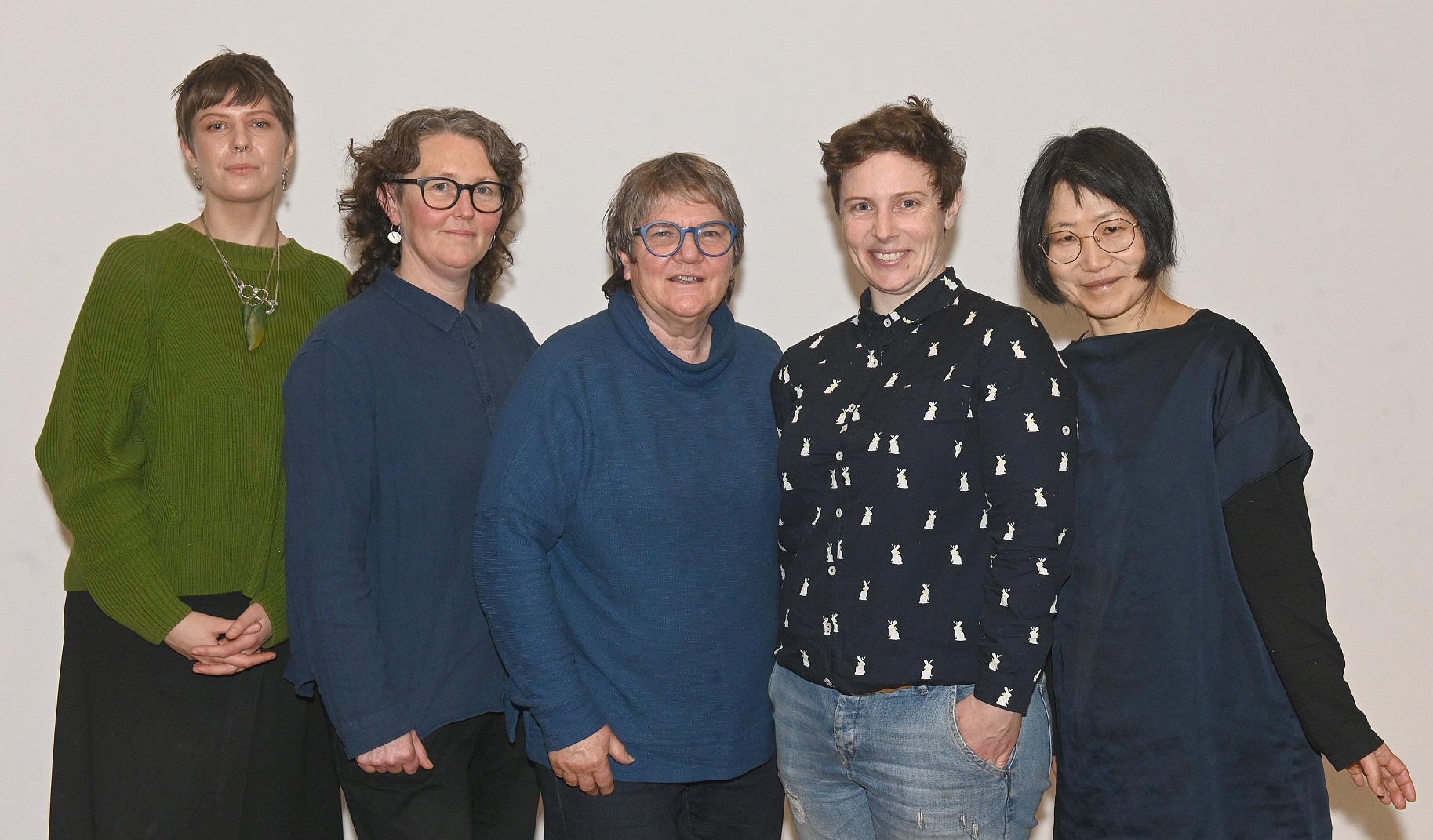
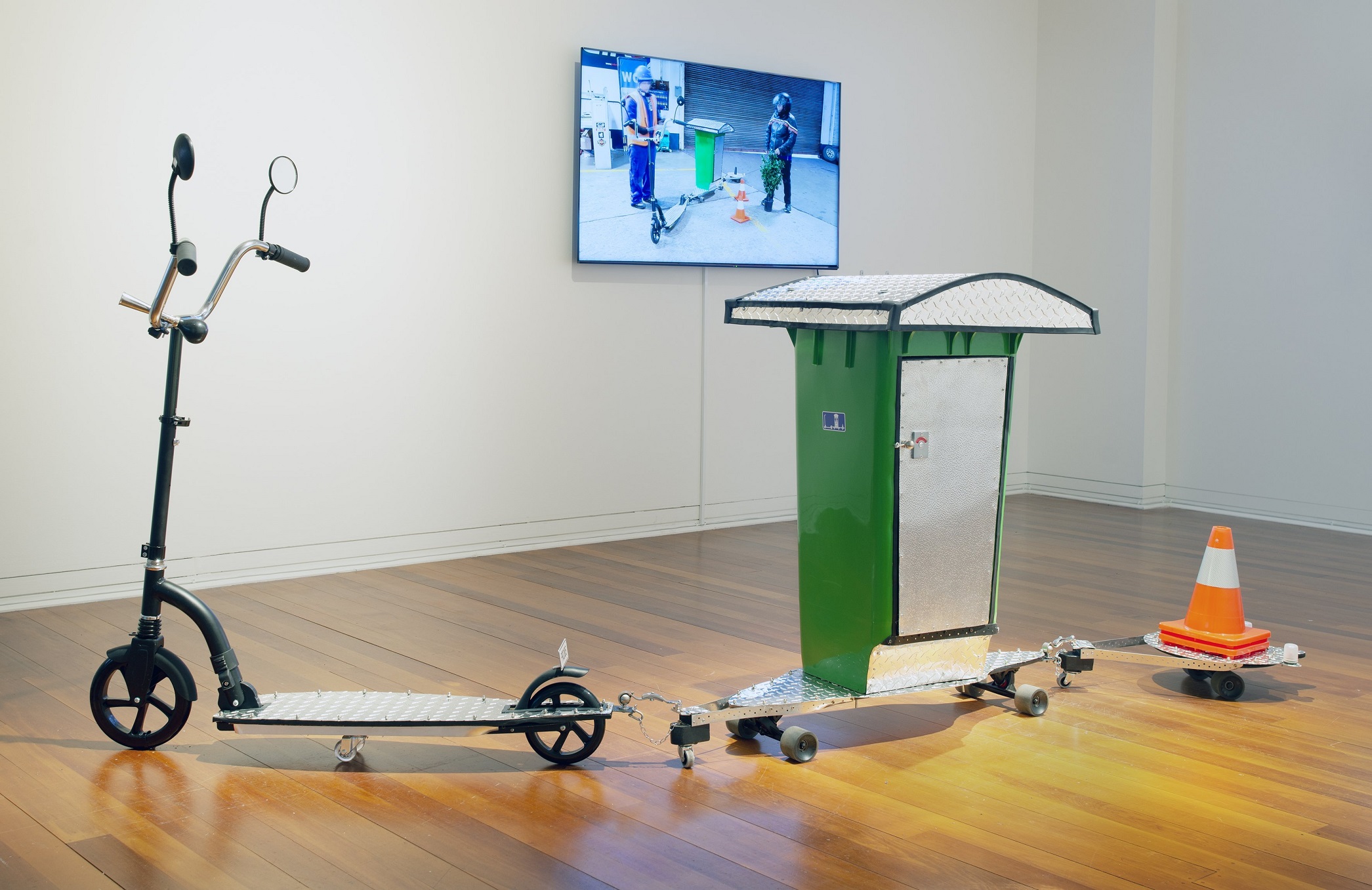
Nonsense, ridiculousness in undertone of pair’s work
A scooter towing a miniature toilet cubicle on a skateboard, which is towing a trolley holding road cones and hazard lights — it has everything you need for a roadside toilet break.
For artists Hannah Joynt and Jane Venis, who collaborate as Small Measures, the film prop they created for their video Certify highlights the ridiculousness of the stickers people use to identify their vehicles as self-contained which anyone can print off and the certification process for those vehicles.
"We embrace nonsense and ridiculousness at all times in our work but we do present it in a serious manner and our tone is quite serious," Joynt says.
"We might not do it directly visually but it is all there in the undertone."
Venis says they tackle serious issues such as climate change, the need to compost your waste and to be a responsible camper.
"All these things are important but we look at them in a light-hearted way."
What started out in 2017 as performance drawings and a series of one-off performances shifted, following a residency at Buinho Creative Hub in Portugal in 2019, to creating short film works of performances in response to first-world guilt.
"We got offered an opportunity to create a site-specific work in the local bull-fighting ring. Of course we said yes. We were responding to that place and responding to our experiences. That film will show in the rear window [at DPAG]."
What Joynt, a painter and drawer, and Venis, a multimedia musician, performance artist and sculptor, have in common, apart from both working at Dunedin School of Art, is the use of absurdity in their practices.
"That kind of started to shine through. The bull video is very much mime and music and it started to grow from there," Joynt says.
On the way home from Portugal, a stopover in Dubai gave them the idea for one of the exhibition’s films Spoon. It was filmed partly in the Arabian desert, partly on the plane from Auckland to Dubai and also at St Clair Beach.
"It’s a ridiculous film responding to climate change and the idea that every little bit helps. In that video we take a teaspoon of water from the beach in St Clair and transport it all the way to the Arabian desert with the idea if we take it far away will it come back with sea level rise," Venis says.
They think of their video work as performances that are filmed, rather than as a film work. They film the performances and then cut them into a video.
"They’re very live and very theatrical. The place where we perform is like a stage."
Joynt says as comedy and humour is very important to what they do, they started to brainstorm different ideas and consider how Venis could incorporate sculpture and Joynt could go back to painting.
"How we could do video which is entirely collaborative and bring our solo practices into it as well."
The main theme throughout their work is the absurdities in contemporary life.
"We are also responding to the great pressure that people are under in contemporary society," Venis says.
An example of that is Take me to your compost, a video about the pressure for people to have their own compost heap, something Venis felt when she moved to a new property.
She calls it "compost shaming" and created the compost inspection officer for the video.
"There is this pressure to do the right thing to try and make a change in a world that is very difficult to manage."
Other works are about what happens when a person is wearing the same item of clothing as someone else and the amount of surveillance and monitoring people are under these days.
"It’s very much a first world-problem. We drilled down to what you have to monitor to make sure you are not wearing the same thing as someone else," Joynt says.
"We came up with the jacket app at the same time as the Covid app came out," Venis says.
That evolved into a live QR code that leads people to a "truly ridiculous" survey which pokes fun at the endless surveys people are asked to take part in after buying something.
Most of the pair’s work has multiple parts, with the video component and the items that appear in the video becoming part of the "Precious and Pathetic" exhibition.
"So the vehicle is there in the gallery and Hannah has painted various forms that the certifier fills out in the certification video and they are hanging on the wall."
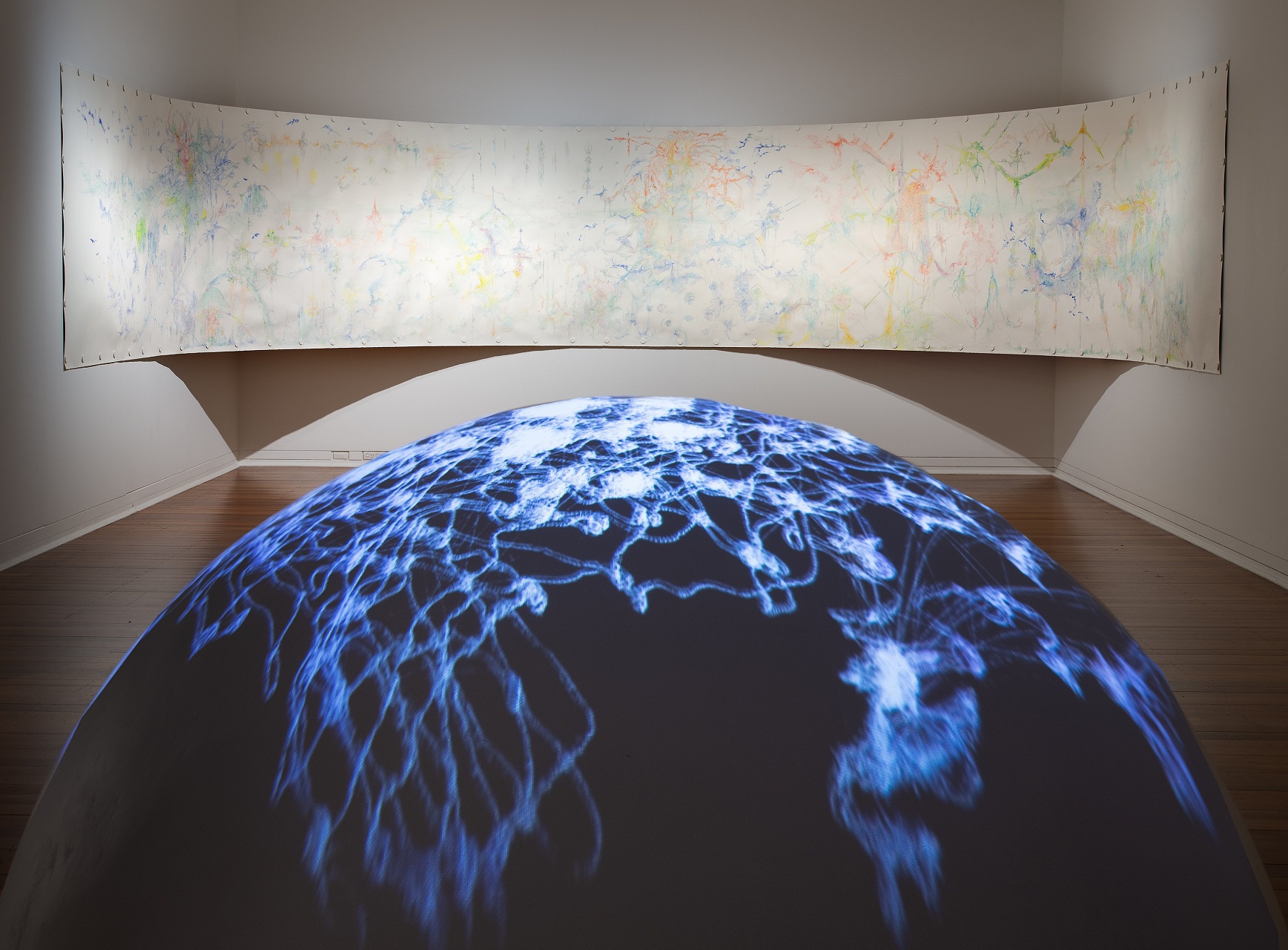
Time and space let thoughts translate into works of art
Having a year to create "My Sky" meant Motoko Kikkawa could go big, bigger than she has ever created before.
Kikkawa, who is known for abstract detailed and intricate drawings and paintings as well as her musical talents as a violinist, decided to create a 10m-long drawing of an immersive skyscape.
"It is a great chance to do the big paper, as much as I could get, as I had unlimited time. I’m very happy."
She started the work by painting in watercolour a blue line indicating the horizon, then rolled it up and started from the beginning using a very "primitive technique" where one line informs the next one.
"I was interested in the sky view. People are talking about sending things into the sky so I thought our sky is going to be busy."
Thinking about quantum mechanics and elementary particles and the interesting energy that produces, Kikkawa, who moved to New Zealand from Japan in 2004, was also interested in space, freedom and how the world works whether in the past, present or future.
"I was trying to follow my understanding of the world."
In another work, Kikkawa, who has been involved in solo and group exhibitions throughout New Zealand, as well as violin performances, sound experiments and scenographic interventions, took another approach to viewing the world by creating a hemisphere on to which an animation, a computer game, is projected.
"It is a perspective of my world. It looks like earth."
To create the computer game she asked her flatmate, computer scientist Finn Petrie, to help. He translated a mathematical understanding of her work into a three-dimensional animation.
"I didn’t have the skills. He loved the idea right away. He understood what I was saying immediately.
"I was very surprised he understood what I was seeing in my head."
It enabled her to add a more modern angle to her work.
The game can be downloaded through a QR code on to a mobile phone so people can take it home.
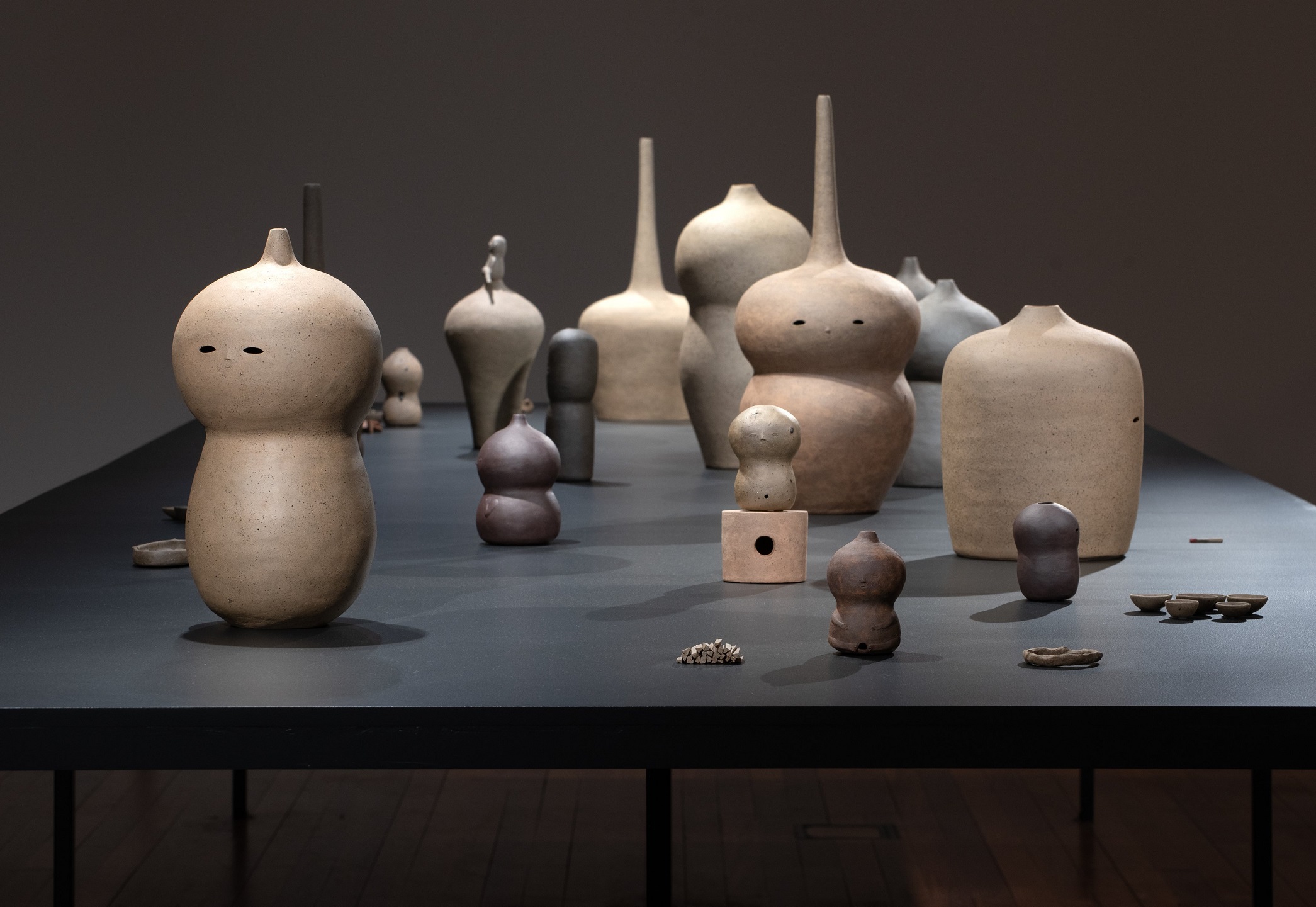
Tensions between wild, domestic explored
It has taken both the "joys and terrors" of the firing process for Kate Fitzharris to bring to life her vision for "Looking at things as a whole".
The ceramicist, a graduate of the Dunedin School of Arts in the late ’90s, describes herself as being very "committed" to clay ever since being exposed to it at art school.
"I like that it is a wild material from the earth and you’ve got this long sense of geological time that comes with it."
Clay is also associated with domestic life such as vessels to eat and drink from, to store food in or even to build a house out of.
"The tension between those two things, the wild outside feeling, and the domestic inside."
Ceramic is the term for fired clay and it has also been used to create figurines as far back as the Venus of Dolni Vestonice dated at 29,000 to 26,000BCE and found in the Czech Republic in 1925.
"It is the oldest object of fired clay found. Even though it has this domestic utilitarian association we were also making a likeness of ourselves out of clay."
Her work attempts to connect those functional uses with the notion of how people see themselves in the world.
Being part of the "Suite" exhibition gave her the opportunity to create a group of works rather than the usual individual works she does.
Fitzharris, who won the premier award at the "Ceramics New Zealand Diamond Jubilee Exhibition" (2021) and a Waikato Museum 2021-22 Waiclay merit award, has created a series of works which she has placed on an over-sized table giving a sense of a dining room table at home.
"Hopefully as you walk around it becomes like a landscape as well."
All the works are deliberately the colour of clay and some are a mix of clay and other materials such as gravel or sand.
She used a mix of clays blended by someone else as well as clay she picked up on her walks and travels around the city.
"The surface is what the whole object is made out of."
Echoing the test bowls ceramicist make, Fitzharris has created small dishes containing various materials such as sand, clay and gravels found on those travels, which she has fired.
"Mostly things are quite melted but sometimes they hold their form a bit more.
"It’s getting to know the material in one way.
"There is a dish with gravel in it as well. Sometimes it is in the dishes and quite melted, at other times it’s spread out on some of the individual works where it might be just a speckle.
"It looks different in different applications."
The works are an extension of her usual creations, although this exhibition gave her the opportunity to create objects larger than she has made before.
"I’ve still got lots of small things. It’s been a great opportunity to mix those scales together."
There have been a few technical challenges along the way as Fitzharris has worked on the pieces.
"Ceramics is like that. My first big piece, I did blow it up in my kiln. If you work with clay you get used to that. You do not take anything for granted."
Fitzharris says she is very happy to be part of "Suite", and it is especially nice to be recognised within the community she lives in for her work.
"There is something really nice about it. It does feel like it is building that art community as well in a different way than you could just being a single project."
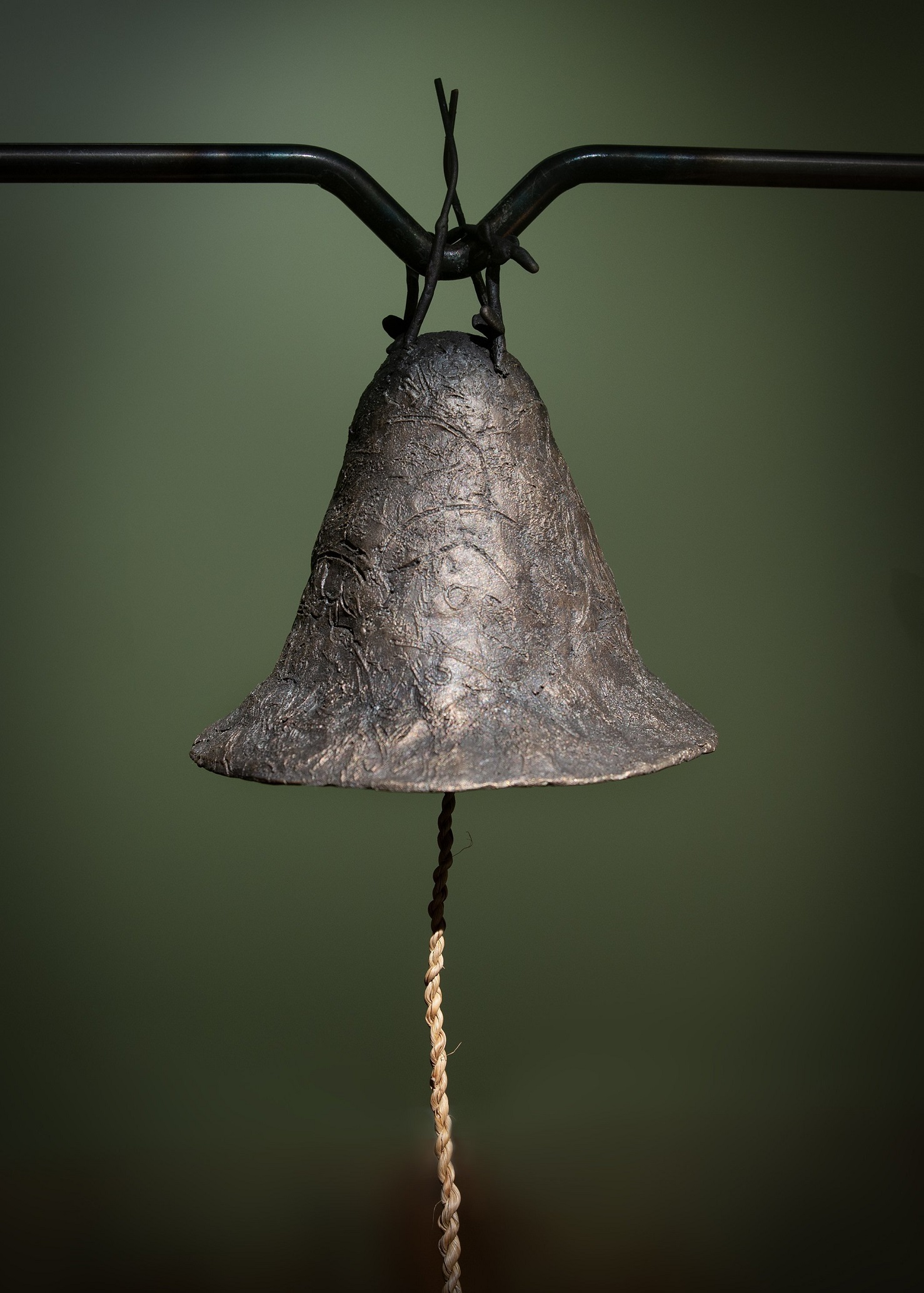
Herpetology meets art
Madison Kelly’s passion for lizards and what they stand for is featured strongly in her latest work Tautiaki Haptic.
"It’s kind of around guardianship and care and touch and feedback, hence the name."
The main figures that hold this down are the lizards and the waterways between the east coast and west coast of the South Island.
She describes it as being broadly about the whakapapa of our mokomoko (lizards) and awa (rivers) and the meeting point between those two, which is our rocks, our kōhatu.
"Because of that close relationship lizards have to rocks and the way our rocks are shaped by our waterways, there are some larger threads of connection."
Earlier this year Kelly’s exhibition "toko by and by" at Blue Oyster Art Project Space investigated the meeting of drawing and percussion in relation to the tides and rhythm of the ocean, so her latest work builds on that.
"It helped in the development of this one. I was thinking of surfaces that can be instruments as well as drawing surfaces."
Kelly (Kāi Tahu, Kāti Mamoe, pākehā) used bronze casting in the latest work, continuing to explore qualities of metal and how you can imbed drawings in those kind of surfaces such as bronze and brass when creating cymbals and bells "all these great percussive instruments".
"It’s much more ambitious, there are a lot more individual pieces of work. You have the scope to explore when working in a bigger institution but there are still some of those ideas I was exploring in the harbour.
"It’s really exciting."
Creating the work required similar processes to those Kelly has used before, including time in the environment doing field drawings.
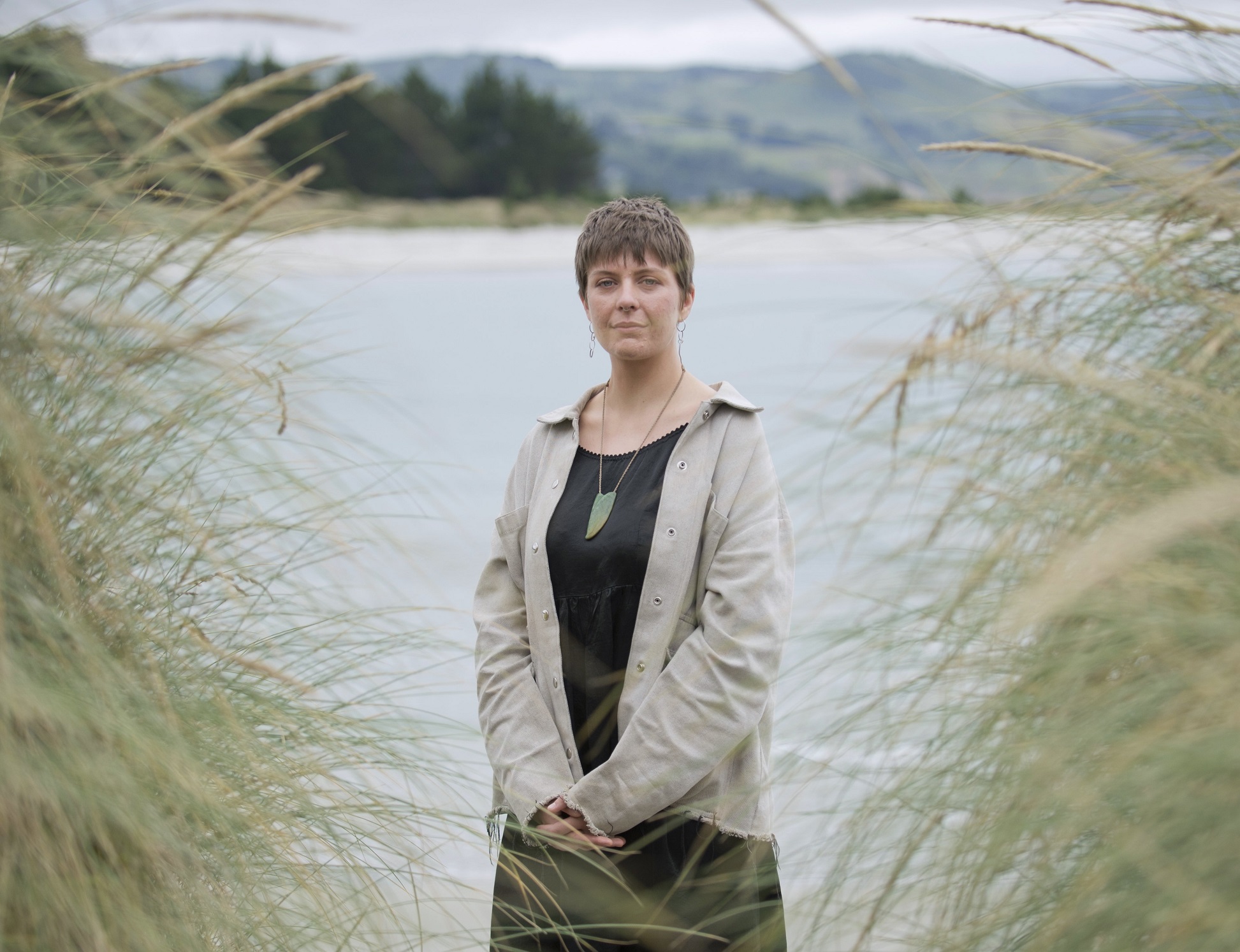
Kelly, a Dunedin School of Art graduate in drawing and a Te Tumu Toi The Arts Foundation 2023 Springboard Award recipient, has worked with lizards a few times including a Dream Brokerage project in collaboration with Orokonui Ecosanctuary connecting urban and rural areas.
"They’re really interesting to me. There is really great whakapapa around our lizards that immediately puts them into that guardian role and at the same time are more nuanced than other native species in how they sit within te ao Māori. They also can function like a tapu or warning. There is an element of care there that is not just about being in the environment but looking out for changes or dangers, which I think is really relevant to how we can navigate around at the moment."
To bring those thoughts to life, Kelly has designed a series of walls which people will need to walk through carefully to discover each stopping point.
"That is the way lizards operate in their environment. They are super specific to their space; their evolutionary history is particular. There is a huge rate for endemism for our lizards, in particular in the South Island.
"So I thought it was interesting to give them their own individual spaces and lead people into a gallery experience that is more carefully paced in a way that lizards are."
There are three stages working inwards. One is inset into the wall where pebbles spin and move through drawings, another has a bell installed into it adorned with drawings of kārara (invertebrates), species that sit in the undergrowth and have a relation to the underworld, while the third inner space is different hand-shaped lizard forms which act like symbols.
"You go meet each one and hear how they sound."
Kelly is fascinated by lizards and finds herpetology to be one of the most progressive fields around.
"I’m not a herpetologist by any means, but it’s a really interesting field in how it intersects with our conservation practices and te ao Māori and the way we regard environments, with our native reptiles in particular, that I think more people could appreciate."
While this is not the first time she has had work exhibited at DPAG, it is the first time she has developed a show on her own for a space like it.
"It’s been really fulfilling. It’s been exciting to try and anticipate what different audiences may move through the space. That has been really rewarding. I have a real interest in trying to build works that are accessible from a range of perspectives."












